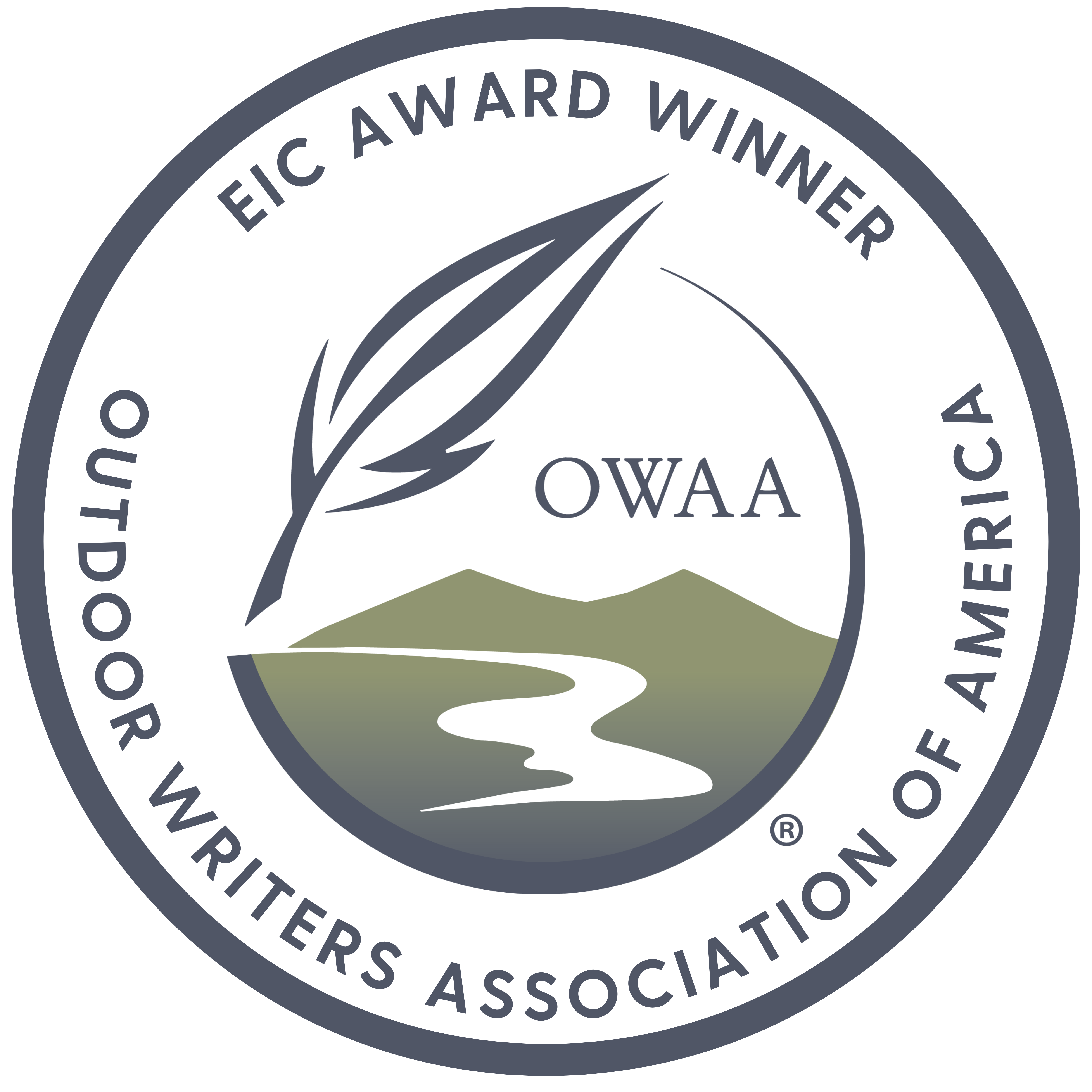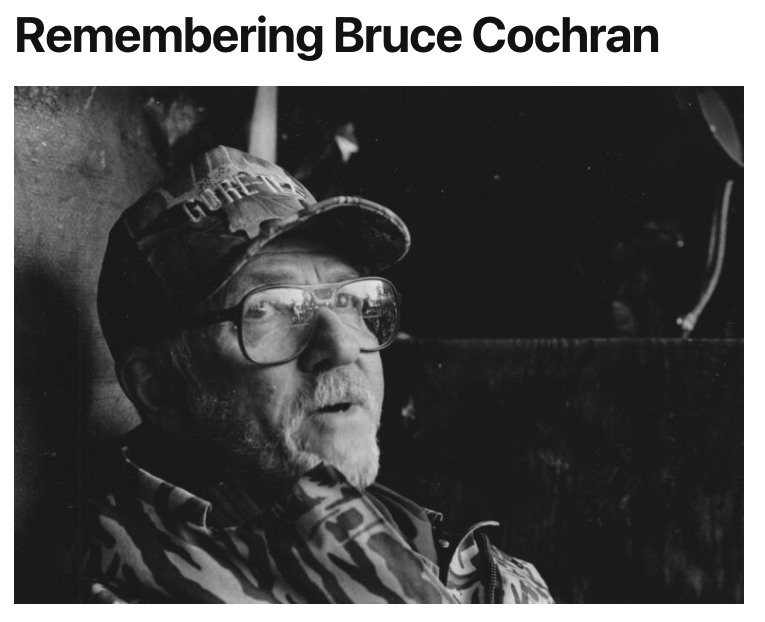This is a story about defeat, joy, and grief. It is full of adventure and misadventure, with a touch of prescience. Twists and turns. Bathroom humor. Summit season 2022 was unsuccessful, but mountain season was a hit. Buckle up; it’s a ride.
This year has been a lesson in coping with the unexpected. Every trip had a major travel snafu. Stranded overnight at the Detroit airport. A rural highway ice and snow closure forced a detour across Wyoming. Stuck on the side of a mountain in a snowstorm in Montana. Blowing a tire en route to Minnesota. Then, Summit County followed suit.
Enjoy your stay at the Ursidae Buffet Bear & Breakfast.
10,600 feet – Peru Creek
Heavy metal hiking
Camping at Peru Creek, a tributary of the Snake River near the mining ghost town of Montezuma, promised stunning views, excellent trailhead access for 14er warm-up hikes, and ice-cold streams to put our feet into afterward. All we had to do was get there.
Emboldened with the raw power of her four-wheel drive Tiguan, my hiking companion (Lori, The Outdoorsy Artist) gripped the steering wheel and cranked her way over the jagged boulders and deep pits in the rugged road. As a passenger, I played the role of spotter, head hanging out the window and calling out comedically unqualified guidance to navigate the route. The long, slow, careful charge up a mountainside made the previous 10 hours of driving across state lines to get here feel like a blink.
Just as we questioned if the best campsite was behind us, we landed on the spot just a short drive above the Lenawee and Chihuahua Gulch Trailheads. We worked quickly to craft a camp that was both comfortable and culinary. We remembered everything, my tent went up in minutes, and I was testing a new foam sleeping mat. We had perfectly placed and shaped boulders for our every need. The trees curled in a perfect arc that would protect my tent from too much sun or rain. Ample firewood was everywhere. I prepped and packed a glorious campfire menu. There were plenty of places to pee in private. We were practically glamping.
I hiked around a bit to get my bearings and shoot some photos. August in the Rockies is a feast for the eyes with its lush carpets of green from the summer rains and the small bursts of color from the season’s last showing of wildflowers. Bees collected pollen among the magenta fireweed and purple mountain asters.
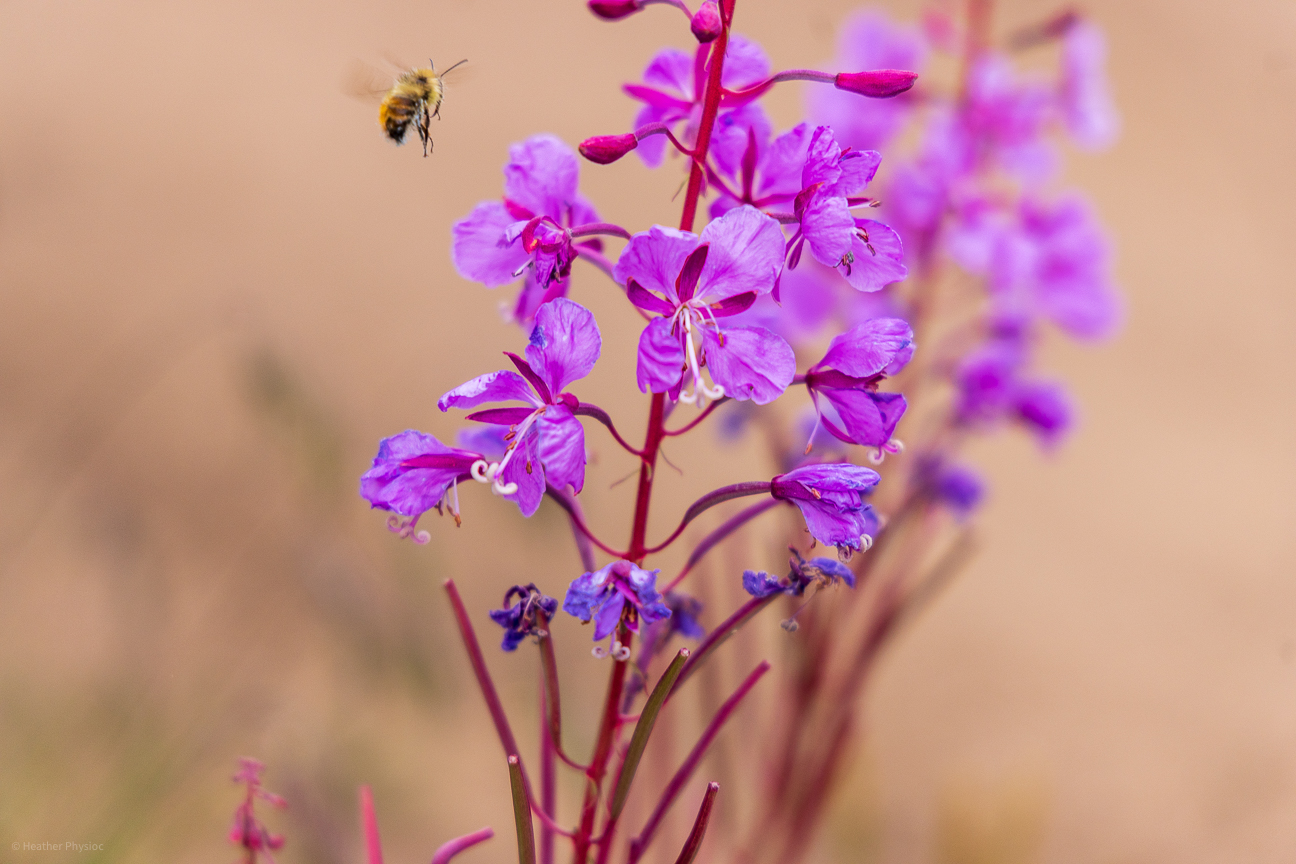
Chipmunks darted in and out of tall clumps of grasses in the afternoon sunlight. Seed heads were starting to dry out, and the tips of shrubs were beginning to transform from green to orange-gold.
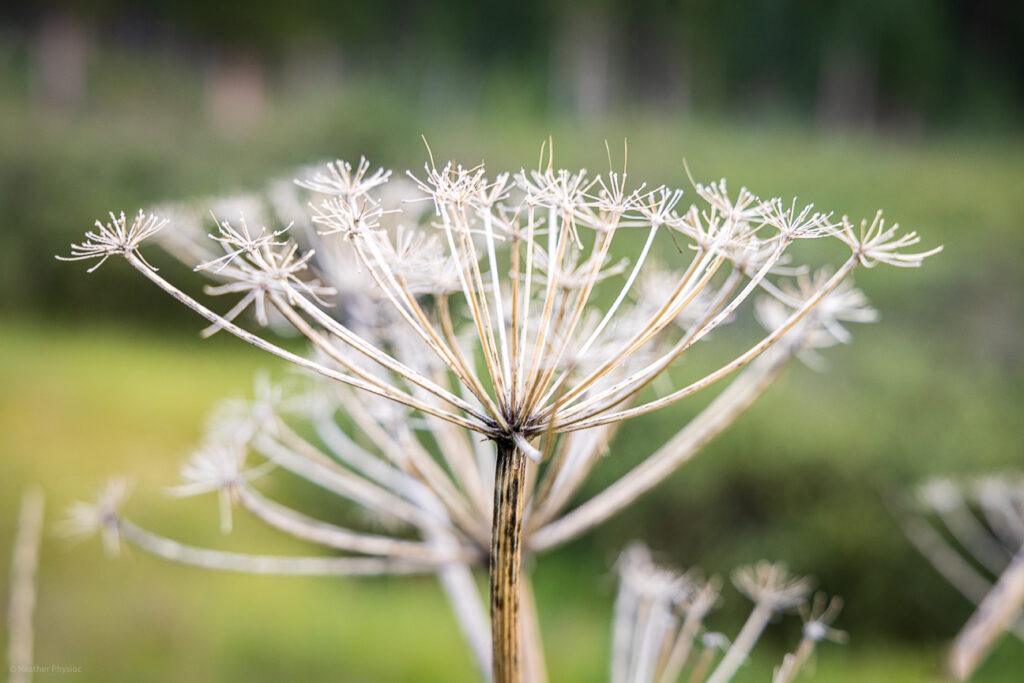
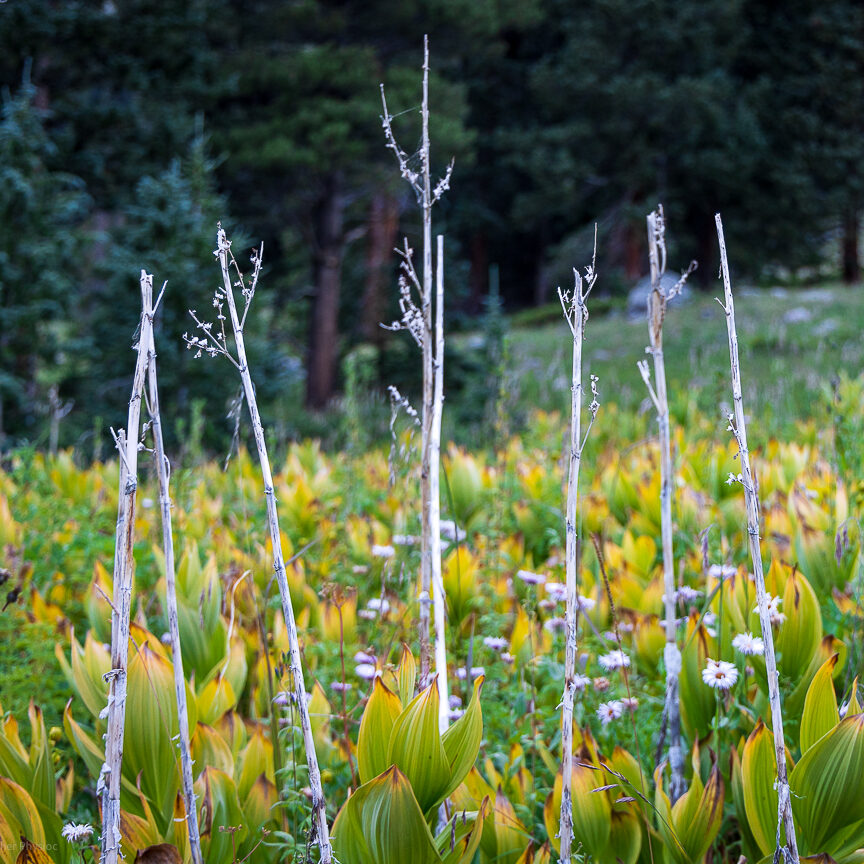
Something is charming and rustic about cooking over an open fire, but when given the luxury of a cooler and car camping, I get very “extra.” This weekend’s spread featured campfire-grilled (veggie) burgers, potatoes, corn, peppers & onions, sourdough, tacos, and all the accouterments. All this, plus dozens of snacks and protein bars we brought for the treks in the coming days.
Camping with food in bear country means taking certain precautions. Like the responsible campers we are, we set out to string our food up in the trees with paracord. Welcome to the amateur hour! Two fully grown, medium-to-short-height adult women fumbled for nearly a half-hour with imaginary knots around rocks to create a throwline, clumsily tossing it over the flimsy branches of limber pine in the dark. Then came the clamoring over tree roots to jump and wedge and lever our way into precarious positions,¸ wrapping the paracord around the trunk to secure our bags of food high in the air. You know, for “stability.” All that only to wake and realize we had strung the food at a comfortable eye level for the bears, and they could have plopped down and enjoyed an entire bear buffet. 🤦 Please, kids, don’t be like us.
Lenawee Trail
Our first warm-up hike began at the Lenawee Trail, lush with summer grasses and dotted with purple, white and gold mountain wildflowers. Arriving in Colorado from the flatlands just 18 hours prior, the steep start forced lots of breathing breaks. But excuses to stop for the views are believable here – Lenawee is a gorgeous hike with fantastic scenery and expansive views throughout much of it.
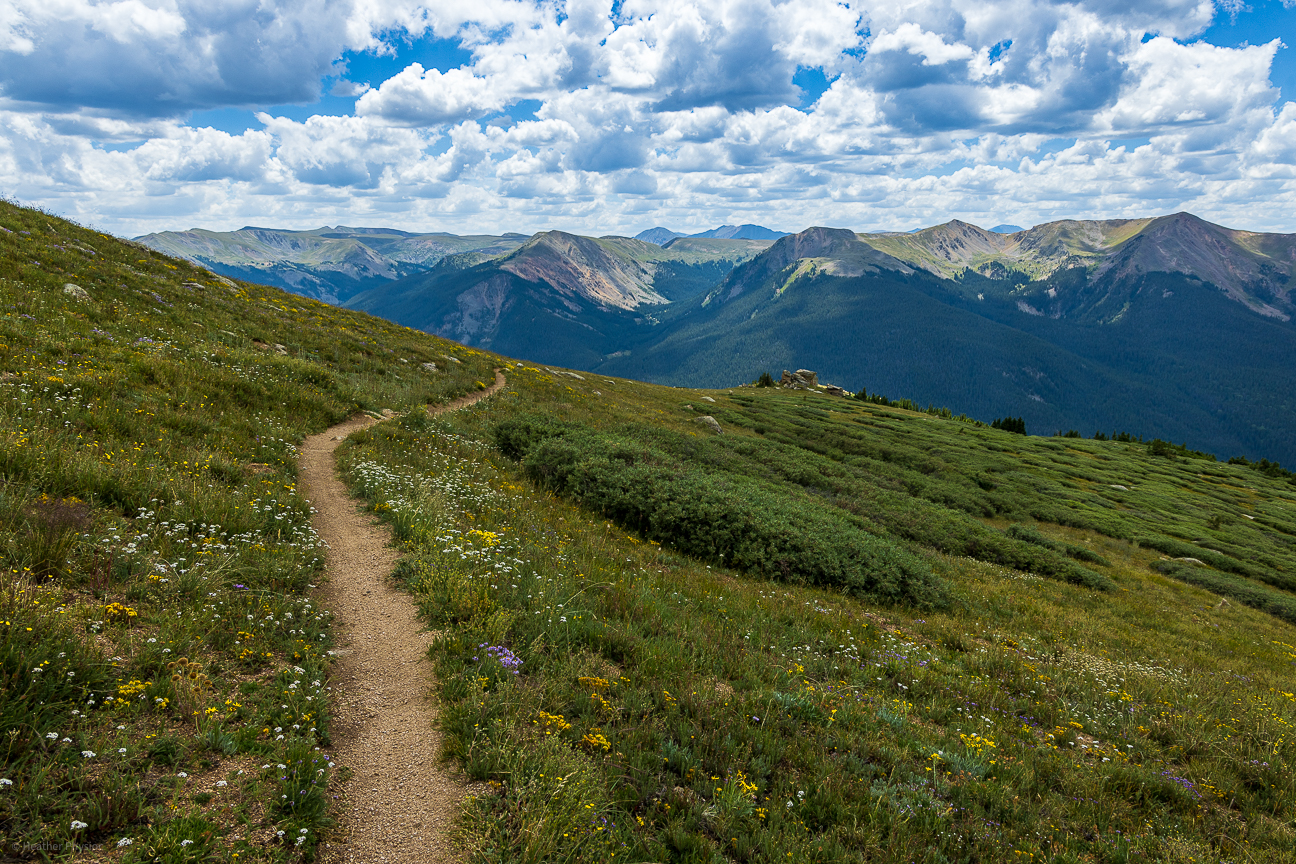
The trail features massive, open valleys with layers and layers of mountains stacked into the background. Incredible quantities of cumulus clouds drape the peaks in shadow. The highlight of this hike was coming across a unique block of rock outcroppings near a ridge overlooking a deep valley when the clouds perfectly spotlighted the outcropping and threw its surroundings into shadow, allowing me to capture this image.
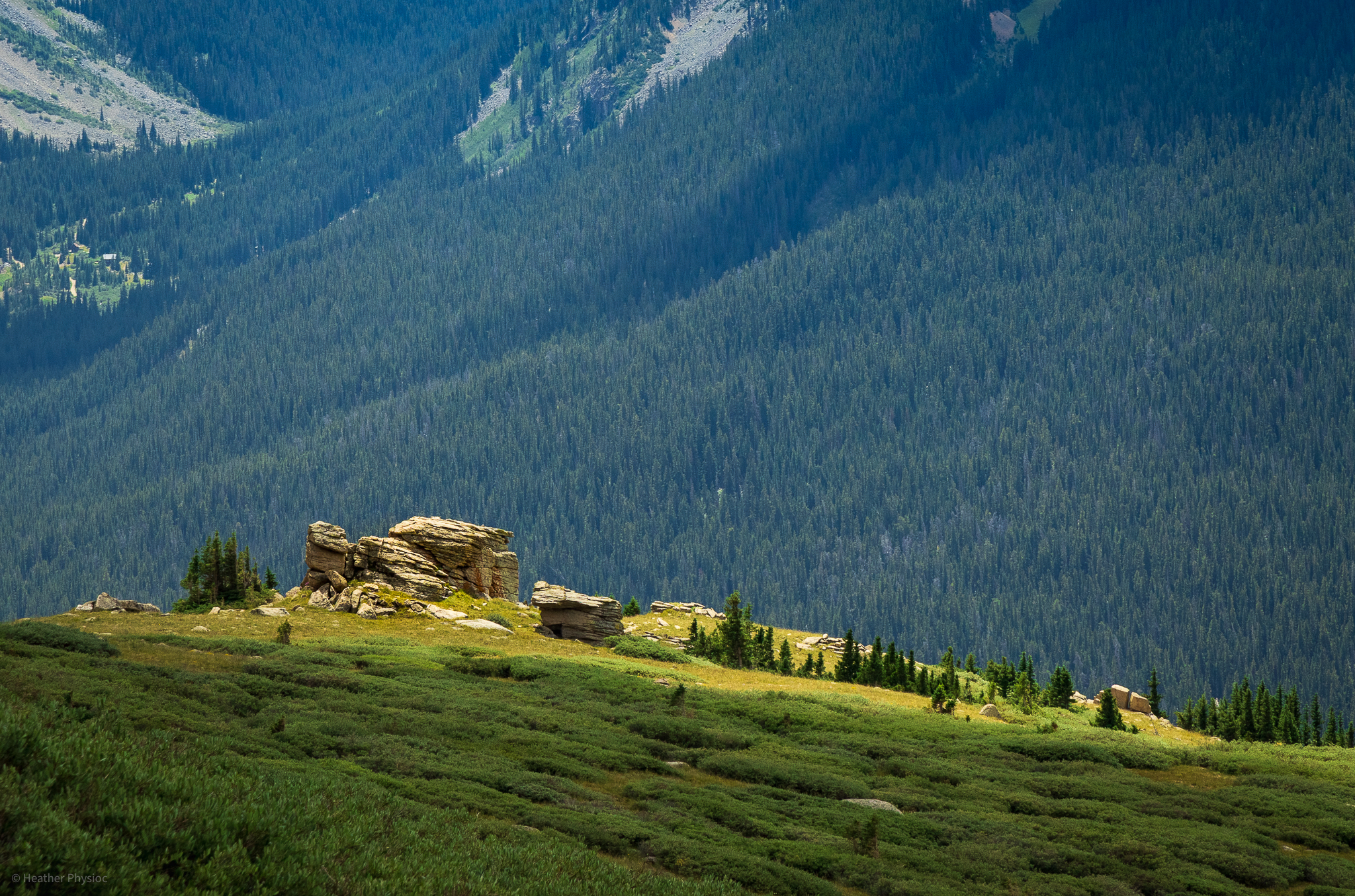
To preserve ourselves for summit day, we turned around at about 12,600 feet to return to camp. Seven miles round-trip had us a bit rickety and achy at camp, but we enjoyed a luxurious campfire dinner, read by the fire, and watched the moon rise from behind the mountains. We listened to the distant thunder and watched the lightning striking in another part of the mountain range, thankful it kept passing by our campsite. Early to bed, early to rise for Chihuahua Gulch the following morning.
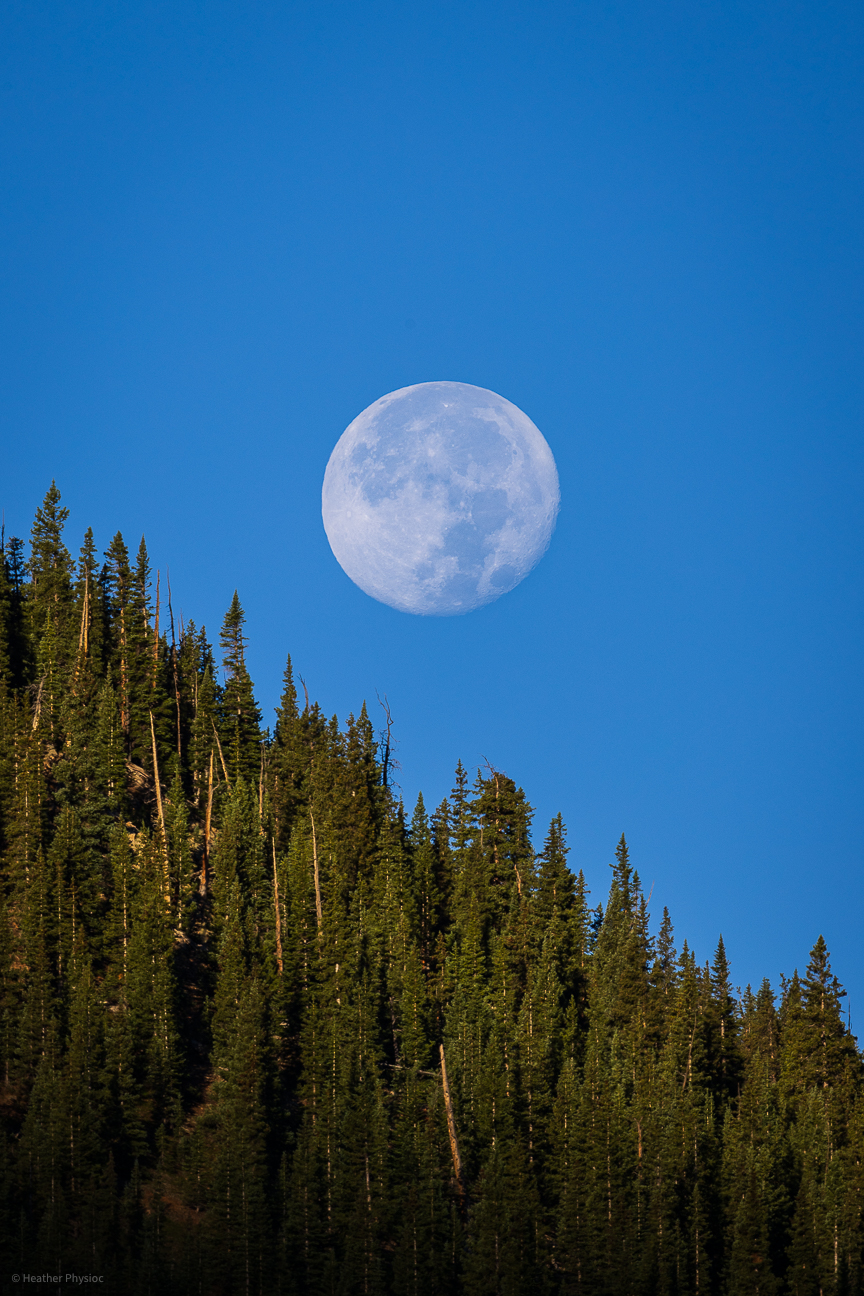
Chihuahua Gulch
The trailhead Chihuahua Gulch is only a short distance from the Lenawee trailhead, yet the two are entirely different hiking experiences. It was a warm, clear, sunny morning, and this hike took us through hills and valleys with patches of striking red, yellow, purple, white and blue alpine wildflowers, and the occasional pika.
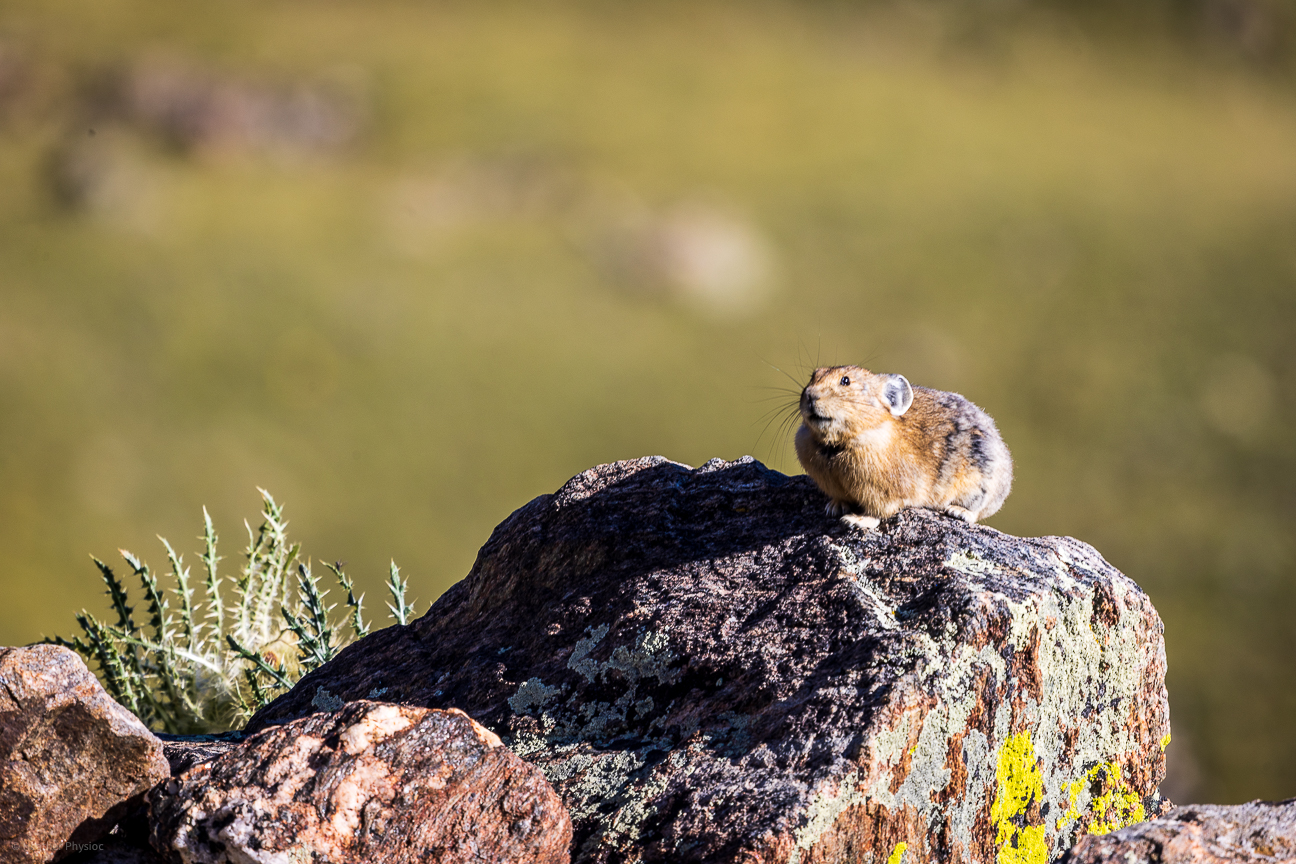
This outing was a touch more damp. At a creek crossing early in the hike, a small slip submerged one hiking shoe in the icy water. A handful of parts on the trail were also muddy mush. But all that water means incredible spreads of green. The creekbed carves through the valley to a prominent peak in the distance.
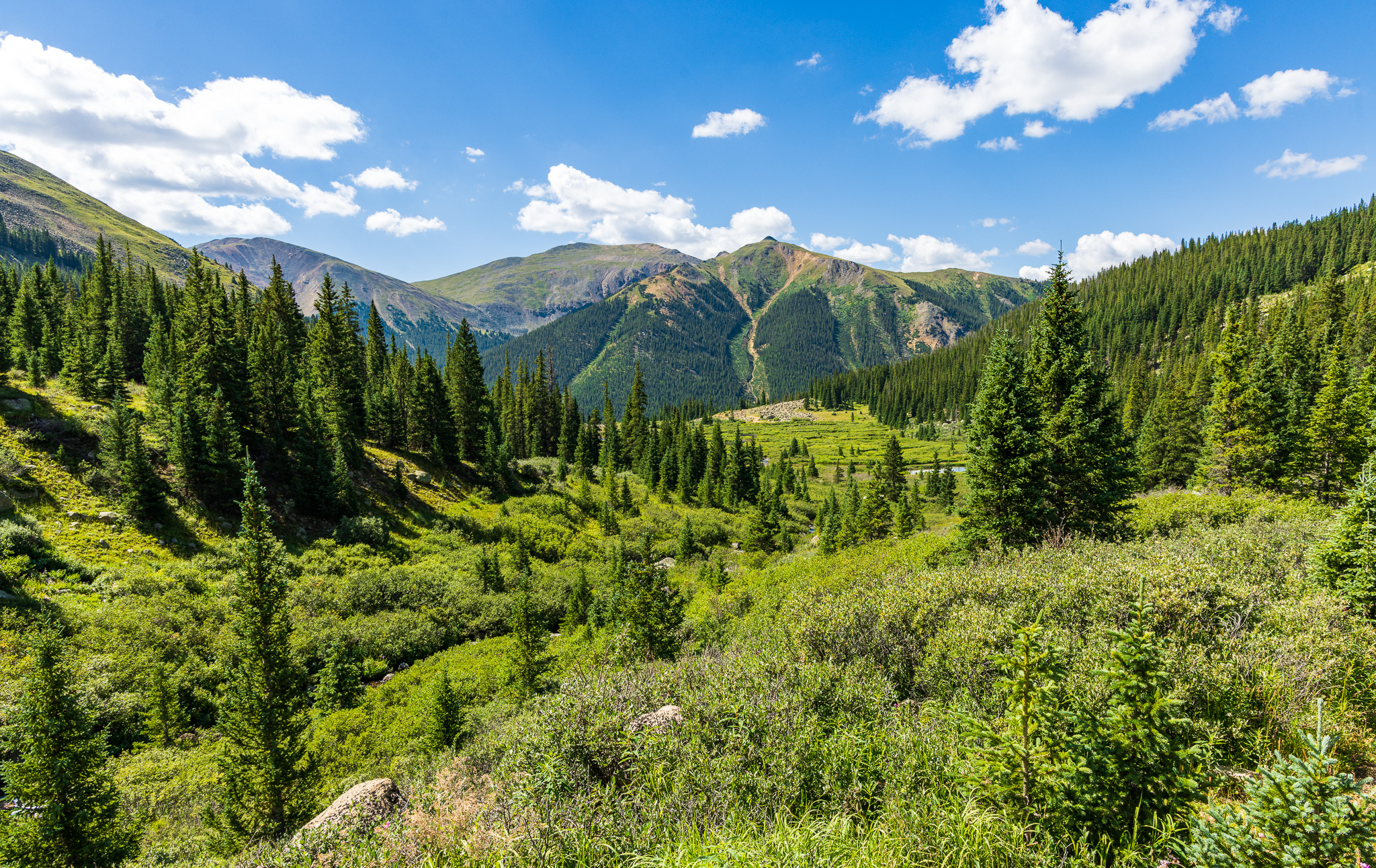
A Word on the Water
The unusual water of Peru Creek is a stunning crystalline blue color, especially where it contrasts with the orange rust-colored stones on the creek bed. However enjoyable this striking beauty is to look at, much of it is because of heavy metal. Not the good kind. People and pets are discouraged from drinking the water.
The Pennsylvania Mine operated nearby from 1879 to the 1940s, mining gold, silver, lead, copper and zinc. Zinc and cadmium leaked into the waters of the Snake River, sending heavy metals flowing downstream and making the pH balance of the creek too low to sustain fish life.
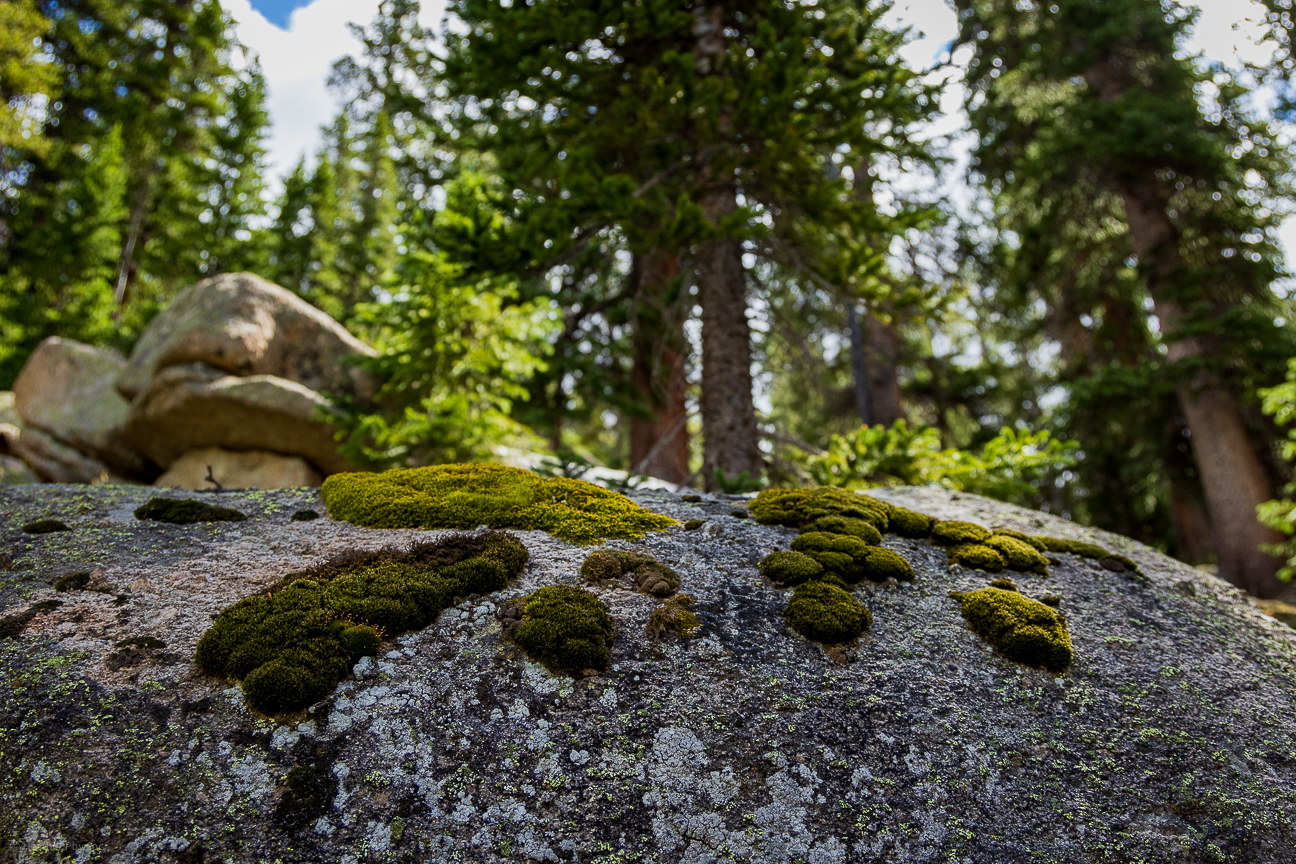
There are dozens of abandoned mine sites in the area, and as the river flows through the land, it carries the acidic and mineral-laden water with it. Clean-up efforts were minimal to non-existent until recently when the inter-agency Snake River Watershed Task Force finally overcame legal and financial challenges to begin a water quality reclamation project.
I wanted to be uncomfortable. This is not what I meant.
11,268 feet – Grays & Torreys Peak Trailhead
When someone walked in on me in a pit toilet at 4:30 in the morning on summit day, I should have known I was going to have a shitty day.
Yesterday afternoon we handed off our Peru Creek campsite to a helpful couple with e-bikes, stocked up on supplies and washed our hands many times in Summit County. We navigated the next 4WD obstacle course to the Grays Peak trailhead lot like old pros. We planned to sleep in Lori’s car and get an early start with the mass of hikers.
Grays & Torreys is a pair of 14ers connected by a shared saddle, a shared gorgeous trailhead with sweeping views of Stevens Gulch and the mountains behind them. Summer storms had soaked the lush mountain valleys, and the green looked endless.
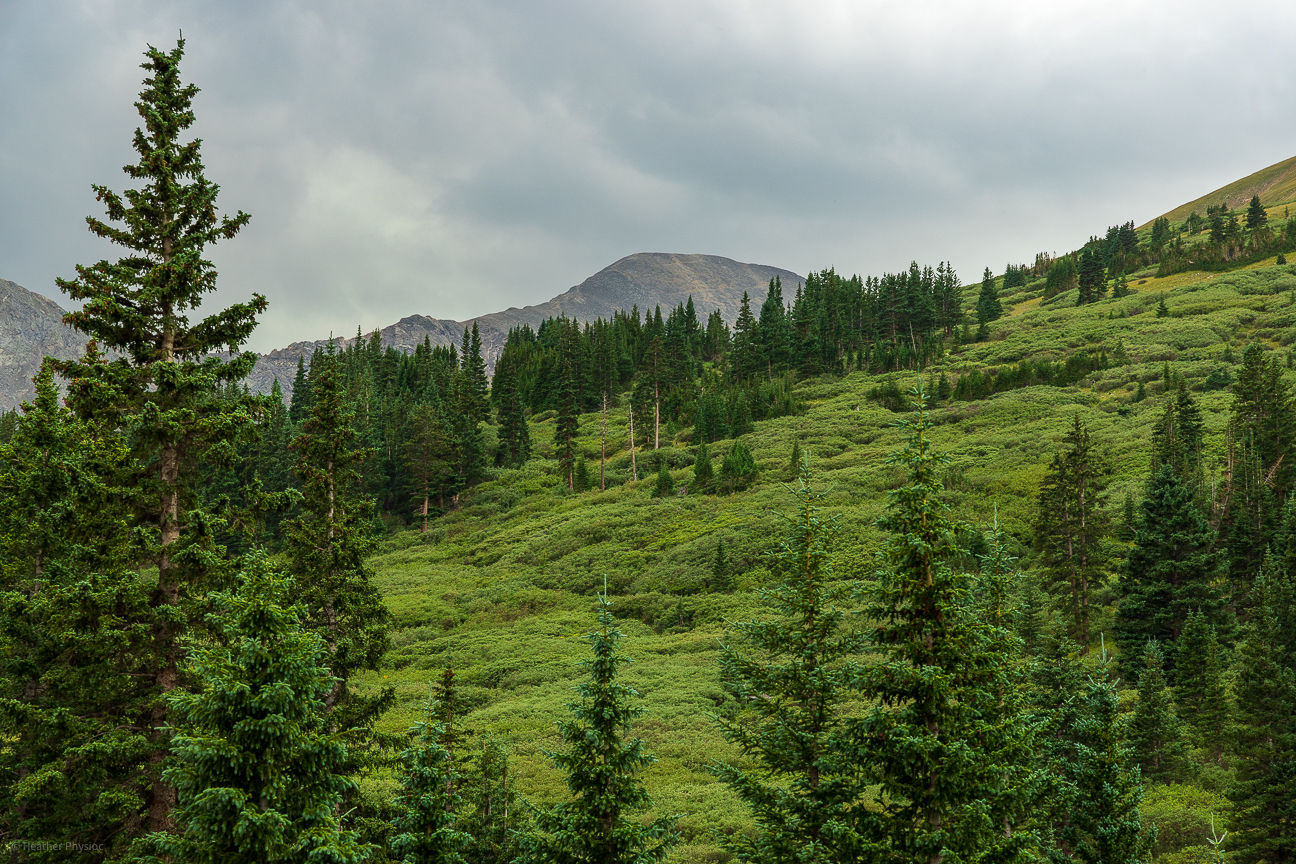
The trail begins with a bridge crossing over a babbling creek adorned by vibrant wildflowers. Much of this alluring beauty is thanks to the landscaping and maintenance from Colorado Fourteeners Initiative. Their efforts are a partnership between public agencies, nonprofits and individuals to “preserve and protect the natural integrity of Colorado’s Fourteeners after a 1993 study noted significant environmental impacts due to rapidly expanding recreational use.”
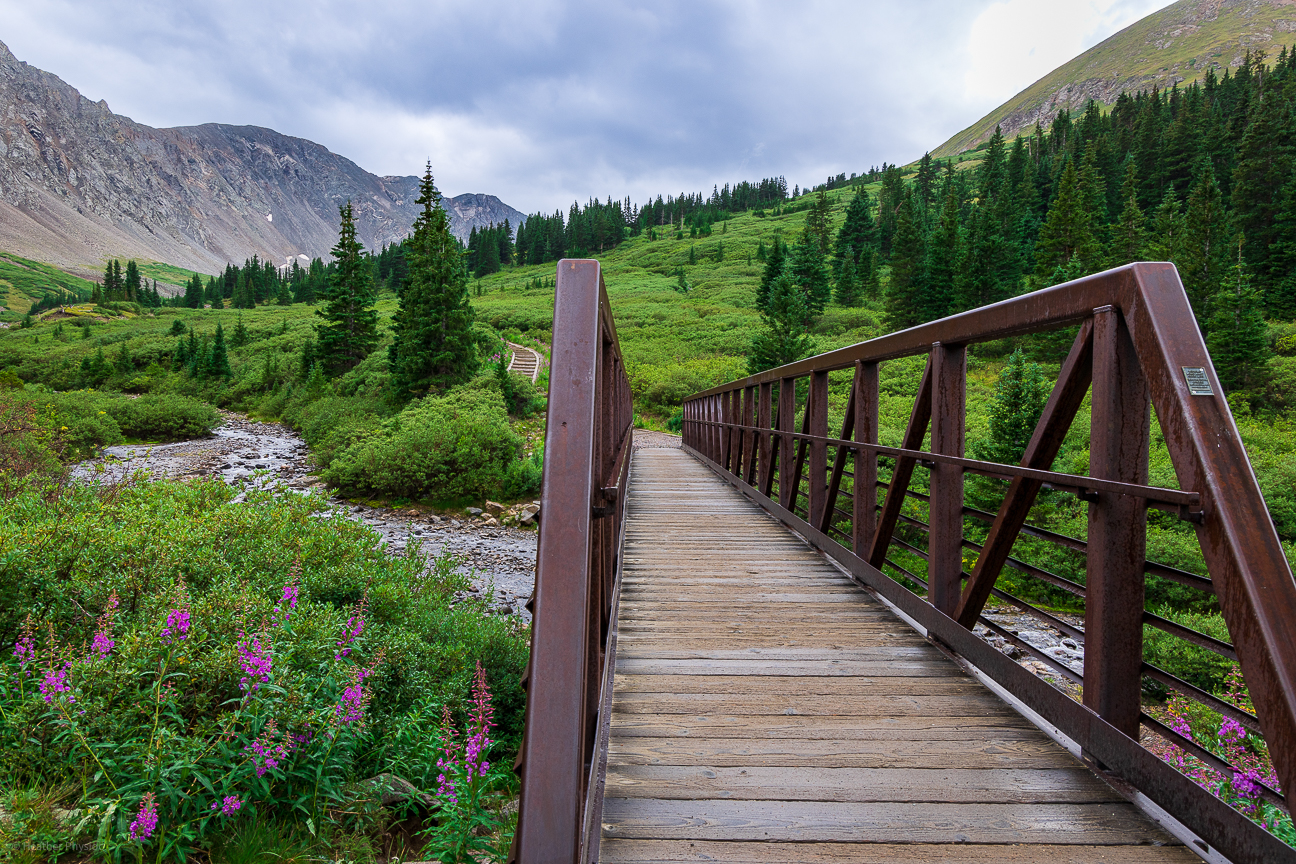
The rain finally caught us here. Claustrophobia crept in, and I worried we would be confined to the car all night. But as if by divine intervention, the clouds parted at the precise moment when the sun was perfectly positioned in the sky to create unbelievable alpenglow. Hikers emerged from their cars and descended from their campsites among the trees to savor this fleeting moment like it was the entire reason they came.
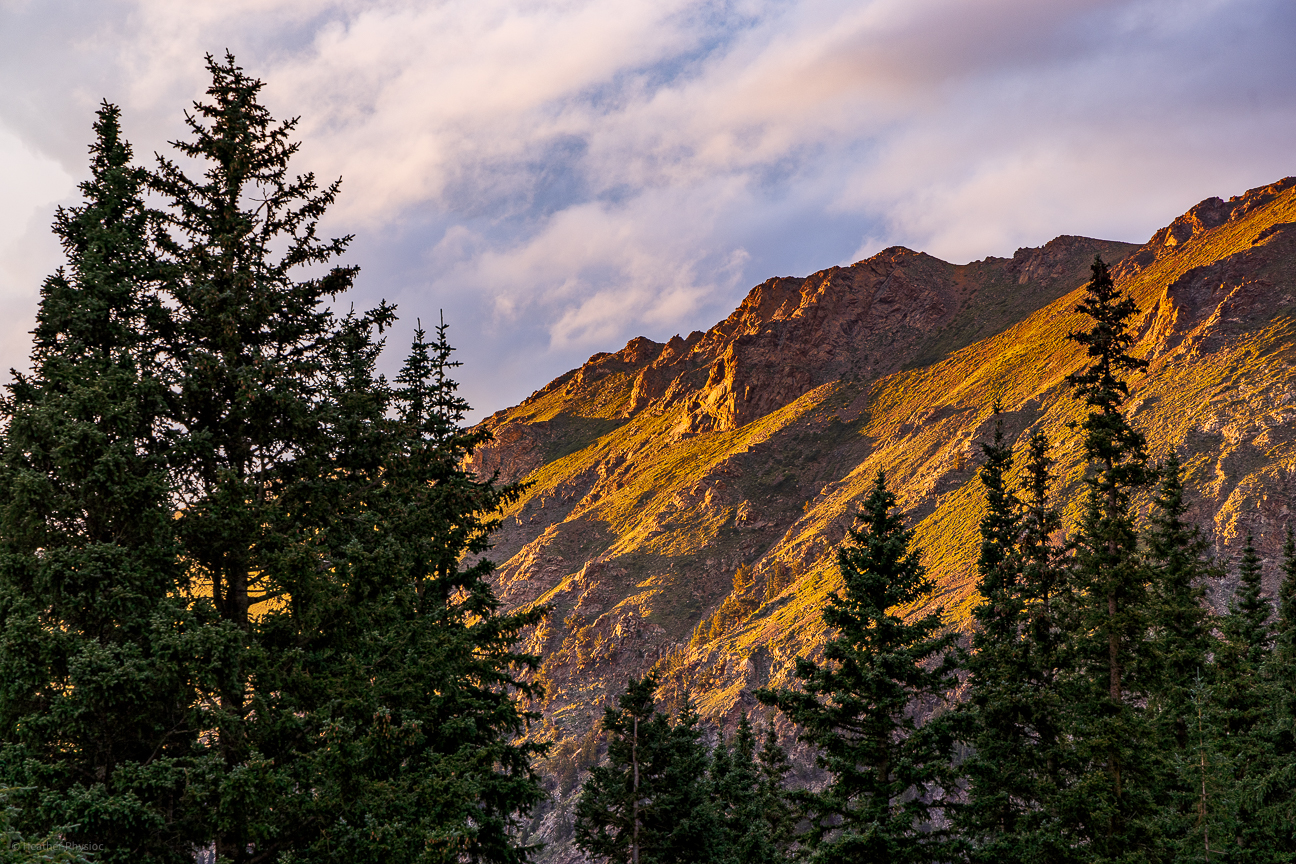
Trucks arrived throughout the night, and the lot was full by 4 a.m. Each door slam nudged us out of sleep until it was pointless to stay down. I hunched in the back of the SUV with my feet dangling off the back. I fueled up on oatmeal, a banana, and peanut butter – all the right things for a long, hard day of hiking to the top of not one but two 14er summits. I trained all year for this. I was ready.
Headlamps darted in all directions like searchlights and lines of hikers waited their turn outside the pit toilets so they could hit the trail. Pairing off and starting up the first steps of the trail, the sleepy procession of packs began. We started out at about 5 a.m. The course was a clumsy game of leapfrog as we paced ourselves – faster hikers pulled ahead and slower hikers drifted back.
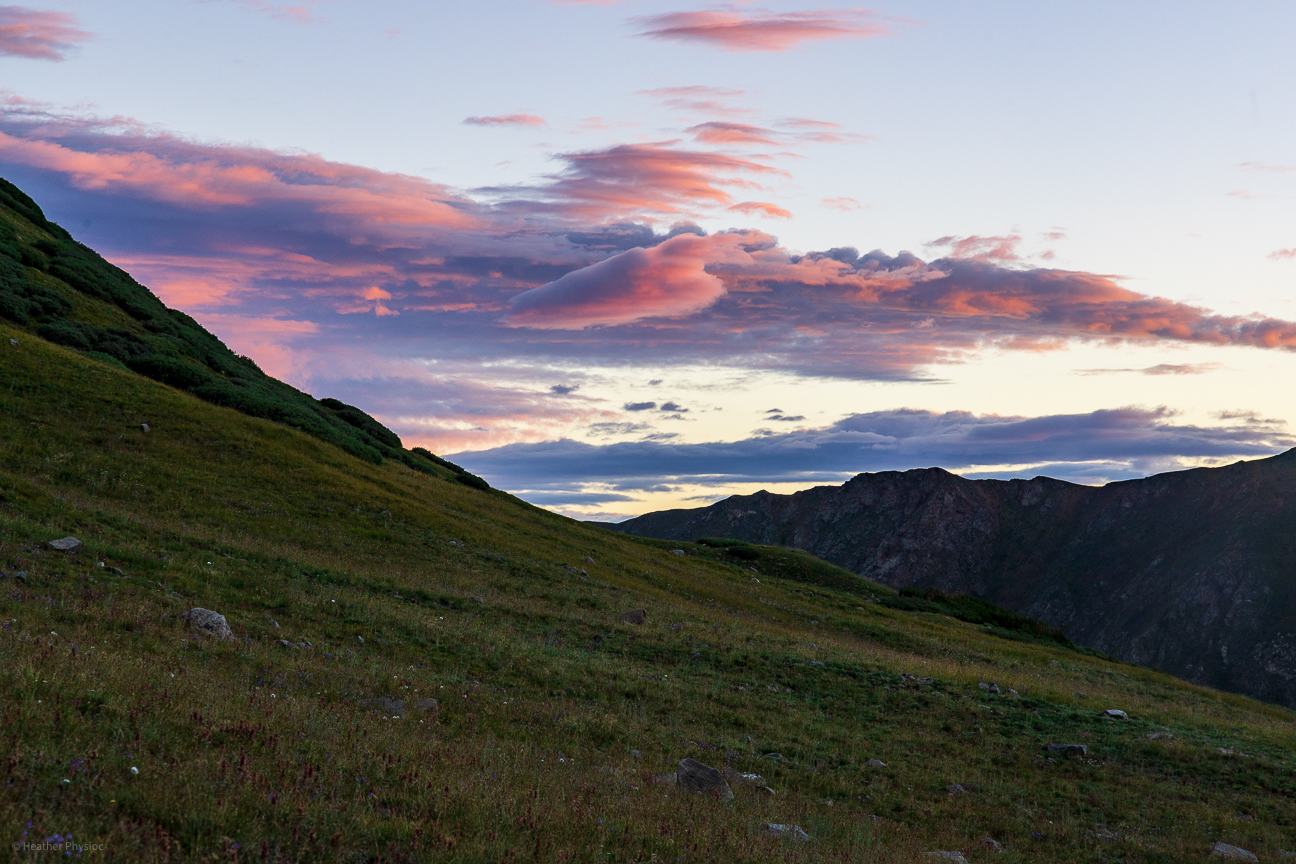
Out of the gate, I felt like I was moving through cold molasses. At first, I thought typical summit day anxiety and the side effects of altitude were creeping in—knots in my stomach, a slight sense of dread, and a little nauseated. The beginnings of hikes like this are often the hardest.
I focused instead on the changing light of an alpine sunrise with its progression of colors. There is no experience like a rapidly changing mountain landscape from daybreak. Light, hue and shadow are shifting by the minute.
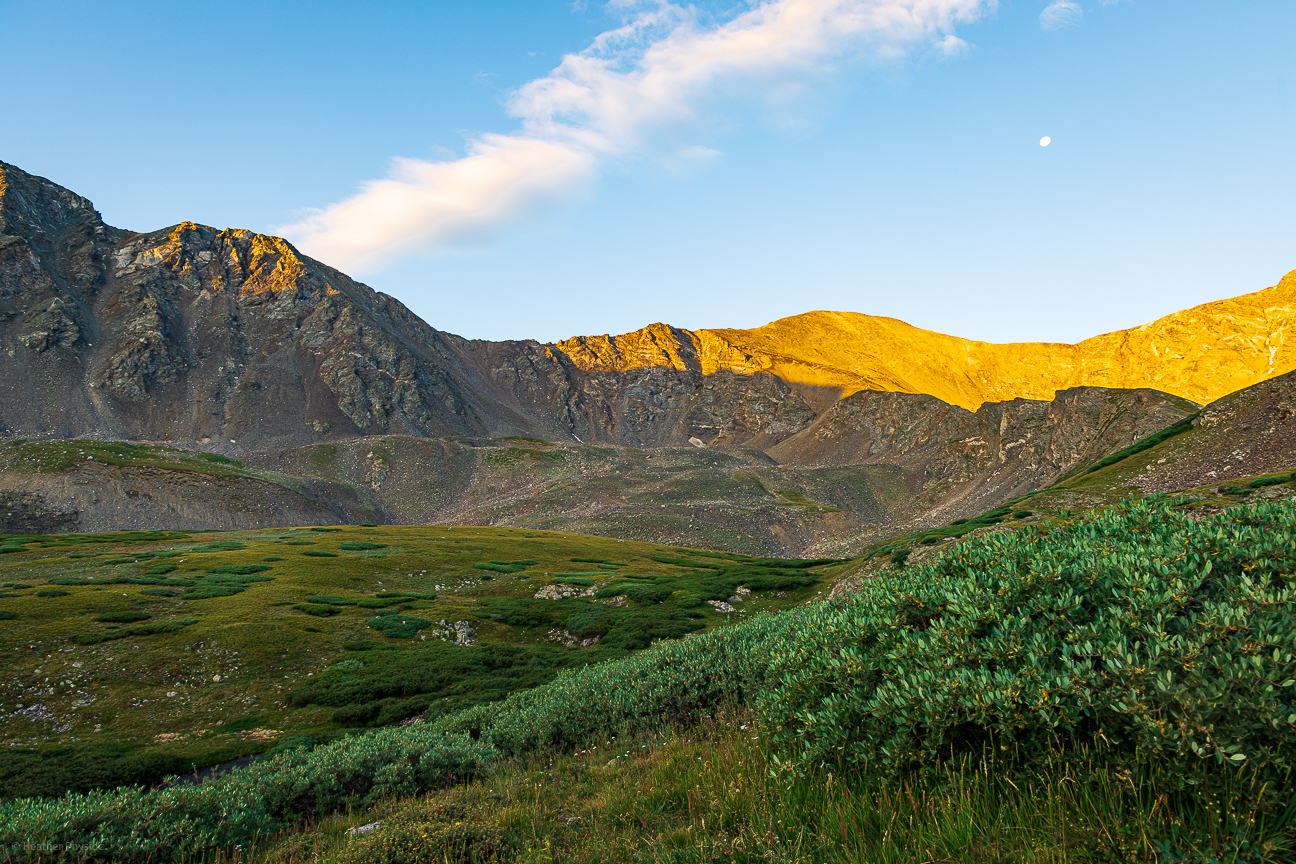
After a while, it became clear I was not keeping pace like days prior, and something was wrong. Lori asked if she should be the “tough love” friend or the “sympathetic helpful” friend. I continued on a while longer, lagging behind Lori, who was chasing a mountain goat. When we reached the rocky ascent signaling the last 1,500 feet to Grays Peak, it was time for me to turn around. Lori would continue to the summit alone.
Like a wise sage, she handed me a high-tech leak-proof waste bag from her pack for the trek down the mountain, just in case. I had never needed one before, yet not 30 minutes after starting the trek downhill, I found myself clinging to a boulder and desperately scrambling for the pouch. Next thing you know, I’m squatting behind a boulder and crapping into a shiny space bag, praying the next mob of hikers wouldn’t round the bend to discover me in this compromising position. Dignity narrowly preserved, I continued my slow descent.
After this harrowing episode, I crossed paths with a local Coloradan hiker who had summited numerous 14ers without issue but who had turned around from this peak after a bout of altitude sickness. It happens to the best of us. The scenery allowed plenty of room for photography play, so I took advantage of the more relaxed pace to appreciate the near-silence, the solitude and the sunshine.
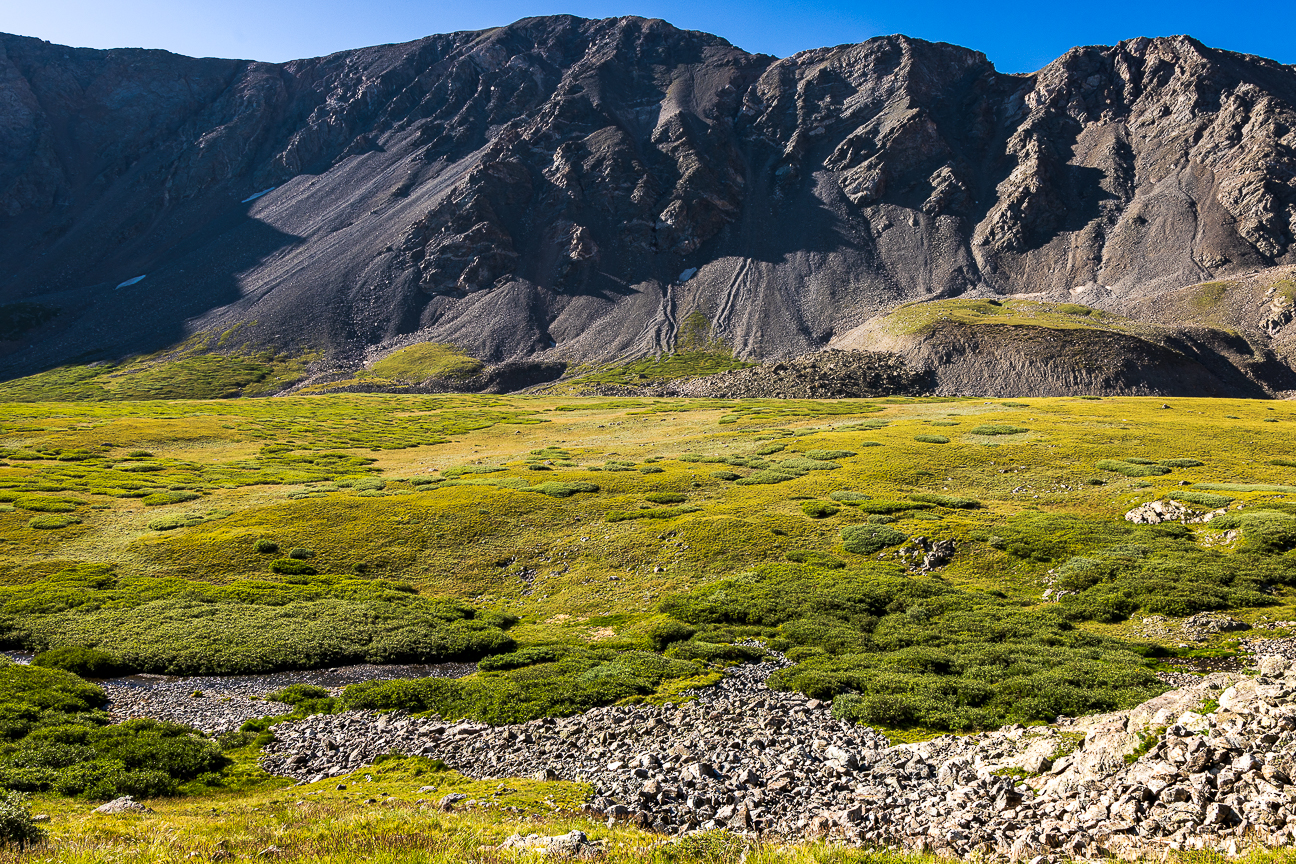
Adding a hysterical new party anecdote about desperately defecating on the side of a mountain wasn’t precisely what I meant by stretching outside my comfort zone, but here we are. See, the thing about Type II Fun is that although we suffer at the time, we remember the experience fondly. We stretch outside our comfort zones; the growth and the challenges we overcome make it rewarding. So we keep coming back to these adventures.
Yes, I trained for six months to complete zero peaks. Yes, I missed mountain goats and several miles I came to see. But I also mostly managed not to poop my pants in front of other human beings, and hey, I’m chalking that up as a successful day of hiking.
Storm Clouds Rolled In
9,035 feet – Silverthorne, Colorado
I was still sick days after leaving Grays & Torreys, so when my brother and partner arrived in Colorado to hike another 14er (Mt. Elbert) with me, we decided to table it for another year. The storms dumped rain on the area for the next several days anyway. All hope of summiting three 14ers that week is dashed.
In retrospect, the storms rolling through Colorado seemed ominous. A days-long mysterious digestive illness was colorful enough, but turbulent weather put the nail in that coffin. A short break in the weather inspired a walk at the nearby Dillon Reservoir.
We passed the time at our Silverthorne Airbnb until a break in the rain allowed a short hike at Dillon Reservoir. Threatened with more rain to come, we walked briskly to the end of the trail and saw every boat on the lake beelining for the marina. Right when we turned around, the skies opened up and soaked us head to toe with frigid water within minutes for the entire return hike to the car.
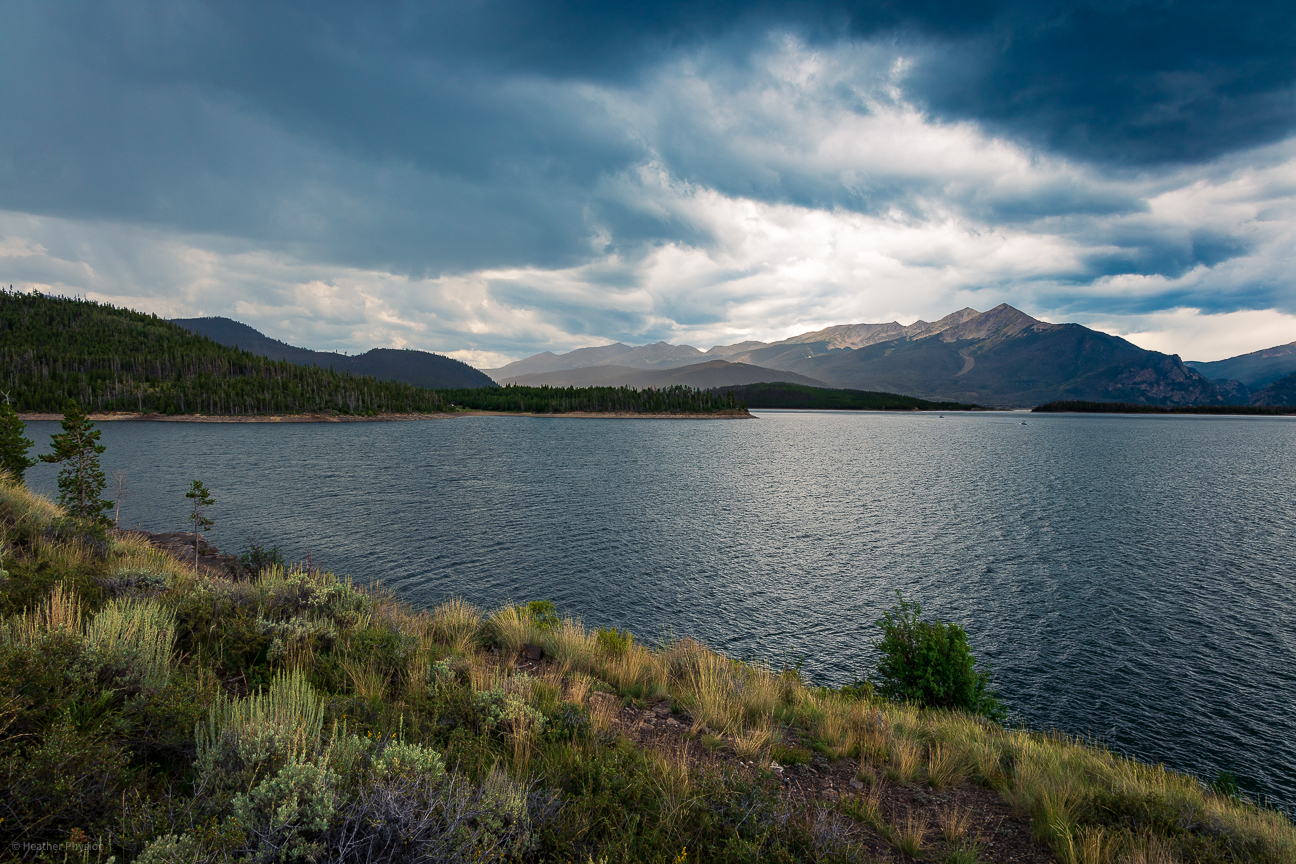
Laughing at our misfortune, we returned to our rental and changed into dry clothes. That afternoon, my brother and I received word that our grandfather wouldn’t recover from a recent injury and illness as we had thought. His rehabilitation plan would instead become a palliative care plan. On our final day in Colorado, my brother, my husband and I processed the news together. We called him in the hospital to tell him we were on our way and booked the fastest route to reach him.
We made it just in time. Missing the summits this year gave us the last alert, lucid, beautiful, irreplaceable final conversations with our grandfather. As an outdoor cartoonist, writer and humorist, our Grand Dad was one of our original inspirations to love the outdoors. (And he would have gotten a real kick out of the comedic absurdity of my digestive alpine adventures.) I am thankful for all the twists, turns and misfortunes of this trip that gave me the enormous gift of time with him to say goodbye.
Experts advise seeing the unexpected as an invitation to change and evolve. We can explore what it all means and reconnect with our purpose. I will take this to heart as I move forward, along with the many lessons I learned from my grandfather. I want to align more aspects of my life in the coming years to give me more time to do what I love outdoors – just like he did.
Postscript:
These stories are in loving memory of Bruce Cochran, my inspiration, my greatest supporter, and my grandfather. My Grand Dad had a 63-year career as a professional cartoonist, writer, humorist and artist with a passion for wildlife, the outdoors, and its conservation. Read my remembrance of his incredible life and view some of his favorite work on CochransCartoons.com.
If you’re interested:
I may earn a small commission if you click these links and purchase from these sellers.
- Memory Foam Rolled Sleeping Pad – Maiden voyage for this. It’s a big roll, so it only works for car camping. I love being further off the ground – support, warmth, and easy storage and setup. Best I’ve ever slept in a tent at a high altitude.
- Paracord – A small hank of paracord is great for hiking and camping. It’s lightweight and versatile. You can hang food in trees out of reach of bears, provide extra staking support in windy weather, strap things to your backpack, or even fray a small section of it to reach the flammable interior to help start your fire.
- Leak-Proof Waste Bag – Shit happens. Above the treeline in alpine climates, waste can take a year or more to break down and can be detrimental to the environment, wildlife, and water supply. Suck it up. Pack it out.

